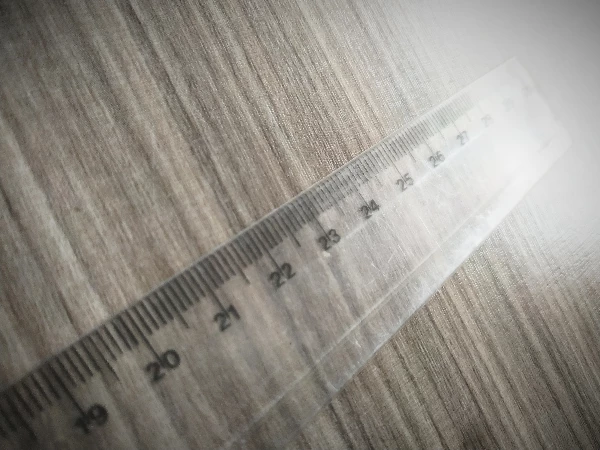What do you think of when you hear the word measure ? Trains or rulers ?
But in addition to instruments that measure length, there are, for example, pressure and temperature instruments . There are actually several quantities or units of measurement involved. Millimeter, meter, inch, ampere, temperature, pressure, etc. So the measuring instruments may vary. But it depends on the magnitude of what you want to measure.
Everything you measure on an instrument is called a measurand. At the same time, there are a number of errorsin relation to the measurement action. Thus, these errors involved are related to the measurement operation. Errors can also be influenced by location. An example is the ambient temperature or air pressure itself.
You’ve seen some influences, right? Now let’s separate them into two groups:
- unknown ;
- Known ( uncertainty and error ).
Unknown influences are found by statistical methods. Already the known influences are grouped to the error through mathematical methods.
Average value
To improve measurement you need to measure more than once. And so, you will have an average of the measurements. In this case, you can use from 3 to as many readings as necessary. In the above formula the number of readings used in a measurement is identified by the letter N .
The average is nothing more than the sum of readings divided by the number of readings performed.
In the next posts we will talk about the measurement concepts. So that you know these concepts, which are fundamental. When you are familiar with the concepts of calibration and measurement, it becomes easy to use the calibration software . Thus, you guarantee the desired quality and compliance with technical standards.
Monitoring
Measurement is very important for monitoring. The variables are gradually usable for interpretation of results. Measurements can be based on various types of units. It can be mm (millimeter), V (Volt), bar (Pressure), °F (temperature), etc.
Applicable items are scalable. The bases must be viable for each type of scope. Instruments that perform measurements have displays or pointers. This exposed information is official, according to the instrument. But calibration must be performed, which is the comparison of values against the standard. Actions must be precisely feasible, so that the guidelines received are tolerable. That’s why calibration is very important to trust the instrument measurement.
The bases used for measurements vary widely. In electronic instruments, the number of steps to generate the results can sometimes be large. But the final result, presented by the monitor, must be considered the official measurement.
When the instrument is dimensional, for example, a tape measure or caliper, and does not have an electronic monitor, the fixed indications of the measurements are defined in the instrument itself. They are verifiable against a nominal standard. For example, blocks with defined sizes. They are evaluated individually. To ensure that the reference, for example in millimeters or inches, is relatively adherent to the standard. This also according to the originality of the base related to the unit.

